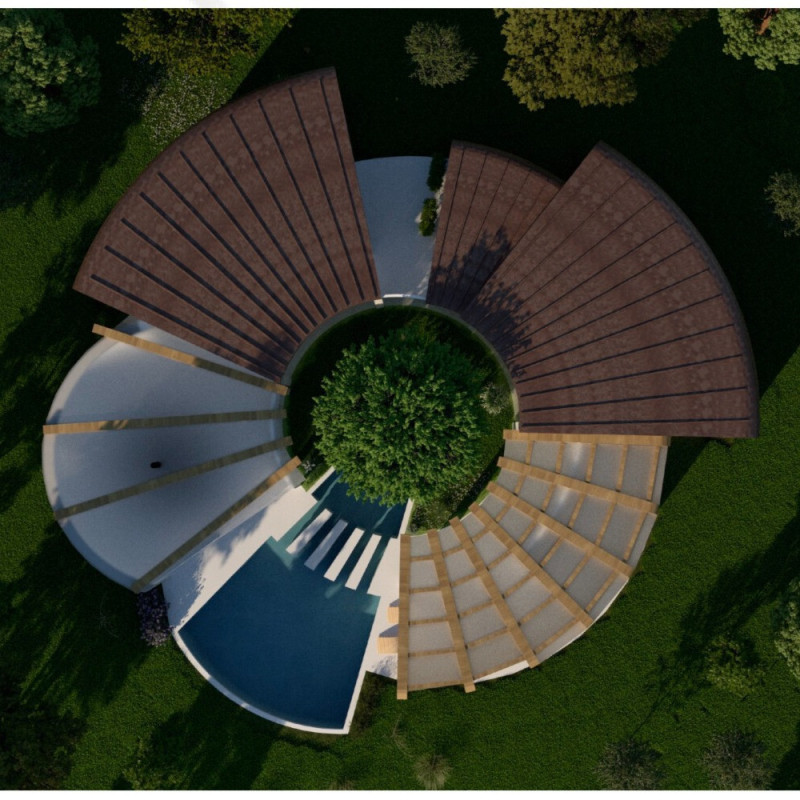5 key facts about this project
At its core, the architecture is conceived to fulfill a multifaceted function, accommodating diverse activities and interactions. This versatility is vital in today's architectural landscape, where spaces must adapt to the varying needs of users. The floor plans and overall layout have been meticulously organized to enhance flow and accessibility, ensuring that each area can be utilized efficiently while maintaining a sense of openness and connection to the surrounding environment.
A significant aspect of this project is its attention to materiality. The selection of materials not only speaks to the visual appeal but also to the sustainability and durability required for contemporary architectural practices. This project features a carefully curated palette that may include concrete, steel, glass, and timber. Each material is chosen for its attributes—structural integrity, thermal efficiency, aesthetic qualities, and environmental impact—resulting in a harmonious integration that underlines the design's principles of sustainability and local relevance.
The architectural design embraces a unique approach that prioritizes natural light and ventilation. Large windows, strategically positioned, allow daylight to filter through the interior spaces, fostering a sense of warmth and comfort. The orientation of the building has been analyzed to maximize sunlight exposure while reducing energy consumption. This thoughtful use of passive solar design not only enhances the user experience but also aligns with contemporary wellness trends that advocate for environments promoting mental and physical health.
Landscape integration plays a crucial role in the project's design ethos. The exterior spaces have been designed to complement the architecture, incorporating greenery that fosters a seamless transition between built and natural environments. This relationship between the inside and outside spaces creates a sense of belonging and encourages social interaction, which is pivotal in community-oriented designs. The landscaping design may include native plants and materials that reflect the local ecology, enhancing the overall sustainability efforts of the project.
Another significant detail is the emphasis on user engagement and inclusivity. The architectural design contemplates all demographic segments, ensuring accessibility and usability for people of all abilities. Features such as ramps, wide doorways, and adaptable spaces underline the commitment to creating environments where everyone can thrive.
Moreover, the project's unique design ideas extend to its structural expression. The visible framework may highlight construction techniques that celebrate craftsmanship while addressing modern design principles. Such an expression not only adds to the visual narrative but also serves to educate users about the building’s construction and functionality.
As one delves deeper into the architectural plans, sections, and designs, it becomes evident that this project is a reflection of thoughtful planning and execution. The architectural ideas are enriched by a dialogue amongst varying materials, forms, and the surrounding environment, presenting a cohesive narrative that invites exploration and dialogue.
Encouraging further engagement, readers are invited to explore the intricate details of the project presentation. By reviewing the architectural plans, sections, and various design elements, one can gain deeper insights into how the project embodies contemporary architectural principles while fostering a sense of community and environmental stewardship. The seamless integration of functional design and aesthetic consideration highlights the potential of this project to positively impact both its users and the surrounding area.























